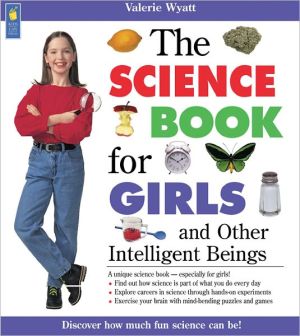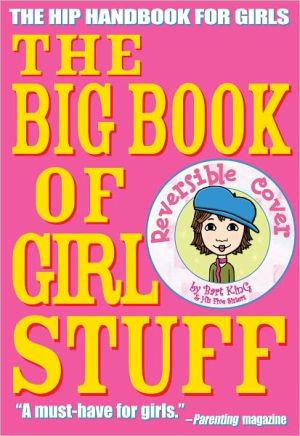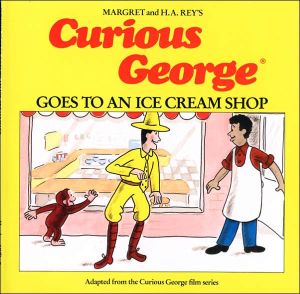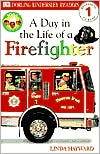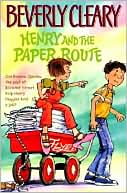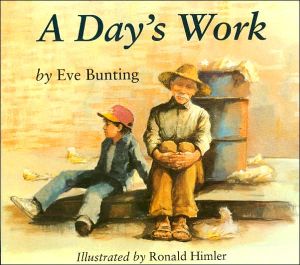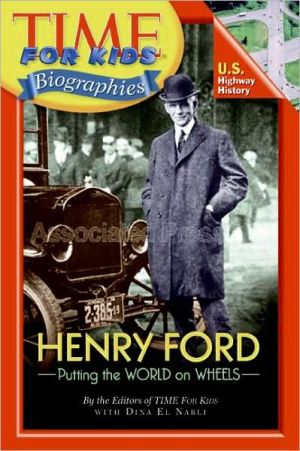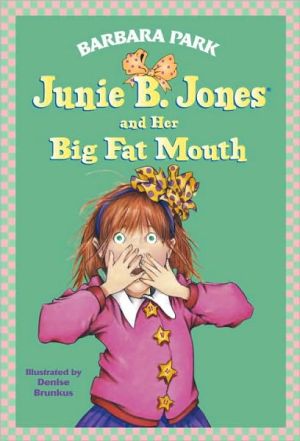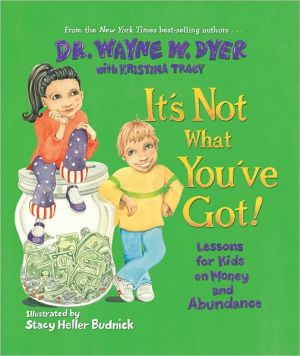The Science Book for Girls: And Other Intelligent Beings
Studies show that many girls' interest in science falls off during the preteen years. In an effort to keep girls tuned in to science, this book demonstrates that science is fun — and that it is for girls. In this title in the Books for Girls series, lively text and illustrations help kids investigate what makes their toast turn brown in the morning and why their stomachs rumble. They'll find out how to collect and compare snowflakes, discover how genetics relates to family traits and much...
Search in google:
In this title in the Books for Girls series, exciting facts and experiments help girls discover how relevant science is to everyday life.Children's LiteratureThis book can help girls become positive about science as a subject and possible career. Ms. Wyatt's projects and experiments are clearly presented and illustrated by Pat Cupples in the collaborators' typically upbeat style. Though-or particularly because-the images are almost entirely female, this first-rate paperback is valuable for both girls and boys.
\ American Bookseller[A delightful book.\ \ \ \ \ City ParentThis book, with its upbeat approach to science, will open doors and present future possibilities to its readers.\ \ \ Children's Literature\ - Beverly Kobrin\ This book can help girls become positive about science as a subject and possible career. Ms. Wyatt's projects and experiments are clearly presented and illustrated by Pat Cupples in the collaborators' typically upbeat style. Though-or particularly because-the images are almost entirely female, this first-rate paperback is valuable for both girls and boys.\ \ \ \ \ School Library JournalGr 3-5This book begins with a fictional story of a girl and her scientific "fairy godmother" Nora, who helps her explore everyday activities through experimentation. Activities include examining the effect of milk on different kinds of cereal, measuring air humidity with a hair hygrometer, and using chromatography to separate the colors in ink pens. In the segment that discusses food digestion, Wyatt does a nice job of simplifying the process and defining terms such as bolus, chyme, and peristalsis. Introductions to female scientists such as Mary Leakey and Sally Ride appear throughout the book, as do lesser-known women such as geologist Cathie Hickson and zoologist Melanie Watt, exposing readers to different careers in science. The text is decorated with watercolor illustrations and Nora bears some resemblance to Ms. Frizzle from the "Magic School Bus" series (Scholastic). The experiments are clear, easy to follow, and achievable for the intended audience. Procedures are illustrated, and sample charts will help readers to develop their own charts to map results. Wyatt also includes some helpful suggestions for adults on how to share science with girls in everyday situations. Overall, a well-done book that will be enjoyable and useful to both girls and boys.Katherine Borchert, Arlington Central Library, VA\ \ \ \ \ Kirkus ReviewsA well-intentioned collection of experiments, puzzles, tricks, and tips meant to make science concepts and careers approachable to girls. The book is divided into three major sections—everyday science, science as a profession, and science-related activities. Each experiment is introduced in chatty, magazine-style dialogues between a girl and Nora, a fairy godmother who happens to be a self-appointed Natural Observation Research Activator. These corny vignettes segue into elementary experiments involving cooking, chemistry, math, the human body, weather, food, and biology. The section on careers encourages deductive reasoning; asides offer information about famous women scientists and ask thought-provoking questions. The science presented is friendly and not intimidating, although the giggly, cutesy conversations seems to run counter to the serious purpose expressed in the subtitle. Skeptics who question the notion of a gender-specific science book may find Wyatt's afterword useful, but with so many non-gender-specific activity and experiment books available, this one seems appropriate only for the most desperately timid.\ \
